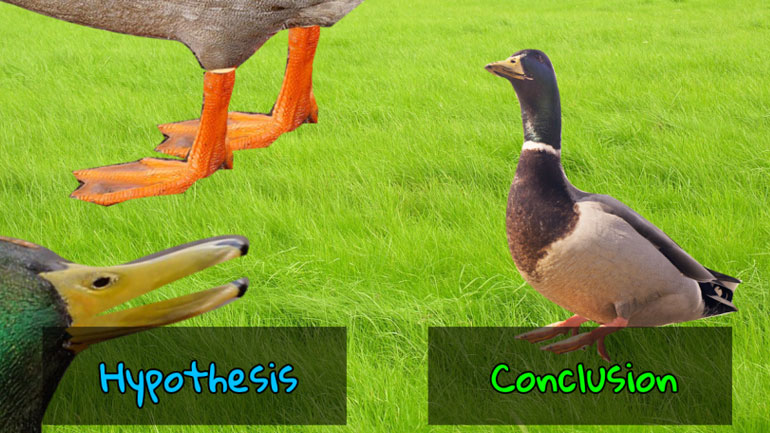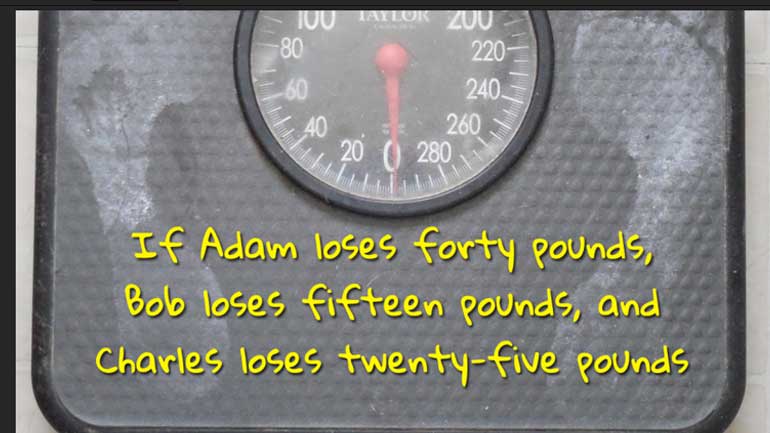ShmoopTube
Where Monty Python meets your 10th grade teacher.
Search Thousands of Shmoop Videos
Mathematical Statements Videos 1 videos
CAHSEE Math Mathematical Reasoning: Drill 2, Problem 5. Which of the following conclusions can be drawn based on the above information?
CAHSEE Math 2.5 Mathematical Reasoning 201 Views
Share It!
Description:
CAHSEE Math Mathematical Reasoning: Drill 2, Problem 5. Which of the following conclusions can be drawn based on the above information?
Transcript
- 00:04
Anyone have a hankering for a slice of piping hot algebra?
- 00:10
Suppose x = 2m and y = 5n, where m and n are positive integers.
- 00:17
Which of the following conclusions can be drawn based on the above information on m and n?
- 00:23
Here are the potential answers...
- 00:28
Okay, this question wants us to use... reason.
Full Transcript
- 00:30
Not the chocolate kind.
- 00:32
What can we deduct from the stuff that's given to us?
- 00:35
Well, let's see. X is equal to 2 times m, which is a positive integer...
- 00:39
...which means that x must be an even number. Because if we're multiplying ANY positive
- 00:43
integer by 2, we're going to wind up with something that's even.
- 00:48
Similar deal with y... except we're multiplying n by 5, so we know y must be a multiple of 5.
- 00:54
Let's look at our answer choices.
- 00:56
X is divisible by 3? Um, no... we know it's divisible by 2, and it MIGHT be divisible
- 01:02
by 3, but we can't be sure.
- 01:04
X is odd? Definitely not. We just decided it had to be even. Next.
- 01:08
Y is a negative number? No way. Not if n is positive and being multiplied by 5.
- 01:14
So it seems like D is going to be the answer to all our prayers, but let's make sure.
- 01:18
Is x times y a multiple of 10?
- 01:21
Well, if one is a multiple of 2 and the other is a multiple of 5...
- 01:25
...then yeah, it makes sense that the two multiplied together would be a multiple of 10.
- 01:29
Our answer is D. As in, "Disney got it wrong."
Related Videos
CAHSEE Math: Algebra and Functions Drill 5, Problem 3. Solve the equation.
If you already know what a conditional statement is, then you're smarter than you look. And boy do you look smart.
Indirect proofs (or proofs by contradiction) prove their conclusion by showing that the opposite cannot be true. You can use this in math and in ar...
Formal proofs present the oh-so-mathematical evidence in two columns: one for the statement they are claiming is true, and the other for the reason...





